Onions and potatoes
slowpoke_gardener
11 years ago
Related Stories
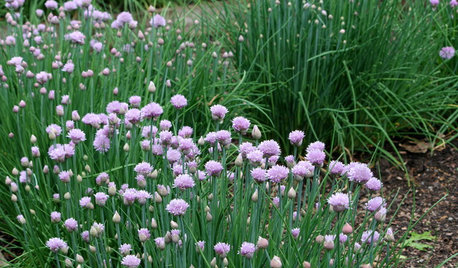
HERBSHerb Garden Essentials: How to Grow Chives
This decorative and delicately flavored herb from the onion family is easy to grow indoors and out
Full Story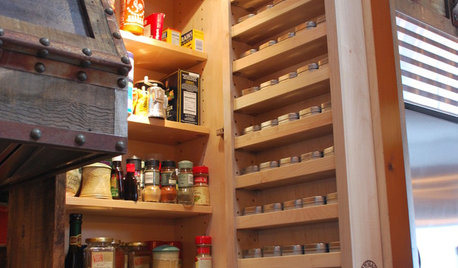
KITCHEN DESIGN7 Steps to Pantry Perfection
Learn from one homeowner’s plan to reorganize her pantry for real life
Full Story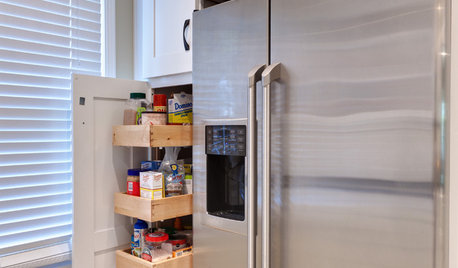
KITCHEN STORAGEPantry Placement: How to Find the Sweet Spot for Food Storage
Maybe it's a walk-in. Maybe it's cabinets flanking the fridge. We help you figure out the best kitchen pantry type and location for you
Full Story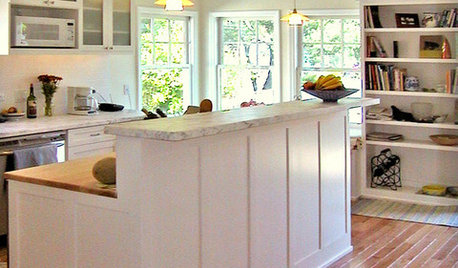
KITCHEN DESIGN8 Kitchen Organizing Ideas for Messy Cooks
Not the clean-as-you-go type? Not to worry. These strategies will help keep your kitchen looking tidy no matter what your cooking style is
Full Story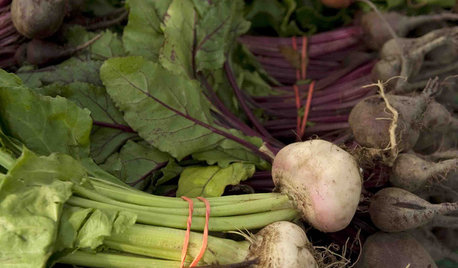
FARM YOUR YARDCool-Season Vegetables: How to Grow Beets
Give canned versions of this fall and spring garden favorite the heave-ho and discover its true flavor and colors
Full Story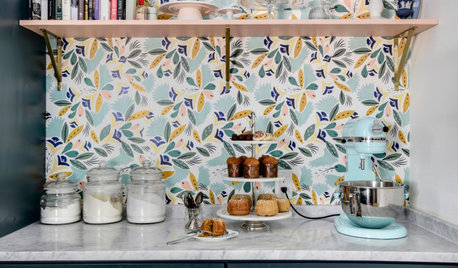
KITCHEN DESIGN12 Items Worth a Spot on Your Kitchen Counter
Keep these useful tools and accessories out in the open to maintain high function without spoiling the view
Full Story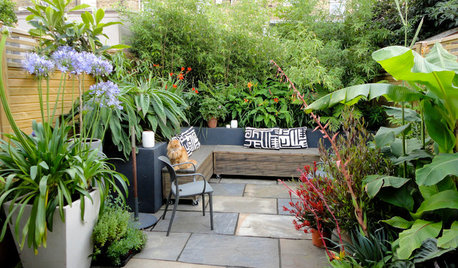
MOST POPULAR10 Reasons to Love a Tiny Garden
Small outdoor spaces can have a beauty all their own
Full Story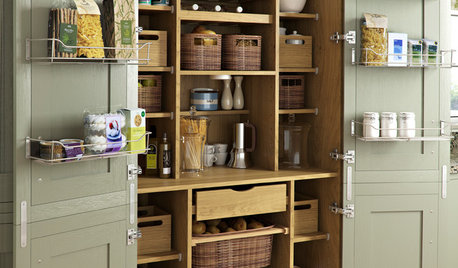
KITCHEN PANTRIES80 Pretty and Practical Kitchen Pantries
This collection of kitchen pantries covers a wide range of sizes, styles and budgets
Full Story
KITCHEN DESIGNThe Cure for Houzz Envy: Kitchen Touches Anyone Can Do
Take your kitchen up a notch even if it will never reach top-of-the-line, with these cheap and easy decorating ideas
Full Story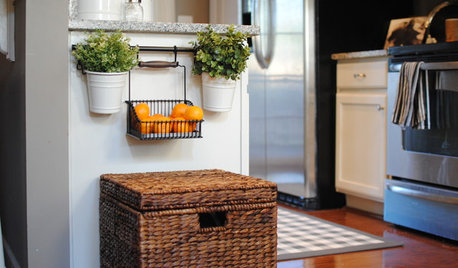
Fruit Displays Sweeten Summer Interiors
Eating the rainbow takes on a new meaning in these seasonally inspired fresh fruit accents
Full StorySponsored
More Discussions







Okiedawn OK Zone 7
soonergrandmom
Related Professionals
Eden Prairie Landscape Architects & Landscape Designers · Glassmanor Landscape Architects & Landscape Designers · Hershey Landscape Architects & Landscape Designers · Signal Hill Landscape Architects & Landscape Designers · Americus Landscape Contractors · Brooklyn Park Landscape Contractors · Gresham Landscape Contractors · Nashua Landscape Contractors · San Pablo Landscape Contractors · Chandler Decks, Patios & Outdoor Enclosures · Crestline Decks, Patios & Outdoor Enclosures · Livingston Decks, Patios & Outdoor Enclosures · Palo Alto Decks, Patios & Outdoor Enclosures · Pittsburgh Decks, Patios & Outdoor Enclosures · Eustis Decks, Patios & Outdoor Enclosuresmulberryknob
slowpoke_gardenerOriginal Author
Okiedawn OK Zone 7
mksmth zone 7a Tulsa Oklahoma
wbonesteel
slowpoke_gardenerOriginal Author
ponderpaul
oldbusy1
slowpoke_gardenerOriginal Author
mulberryknob
soonergrandmom
mksmth zone 7a Tulsa Oklahoma
slowpoke_gardenerOriginal Author